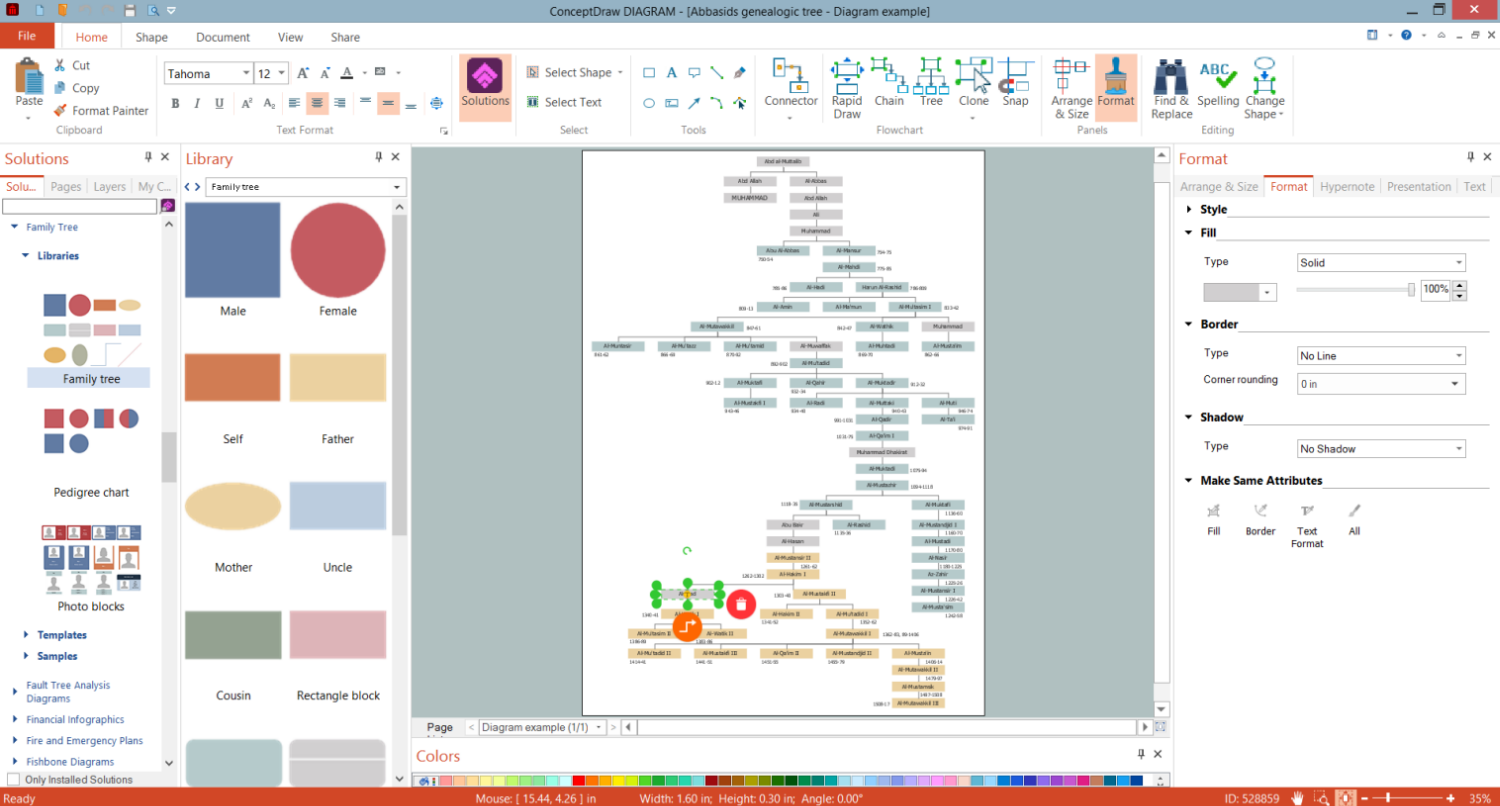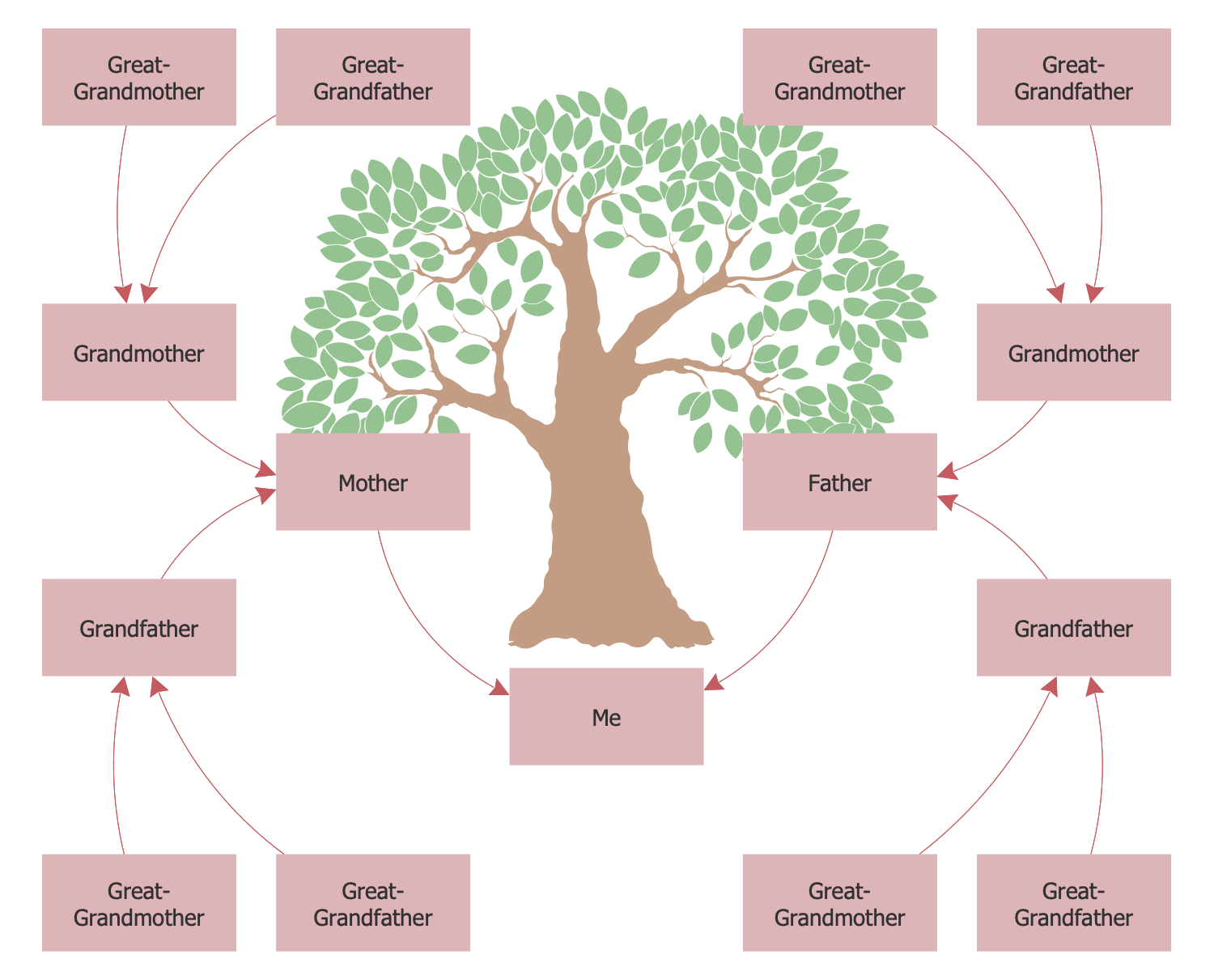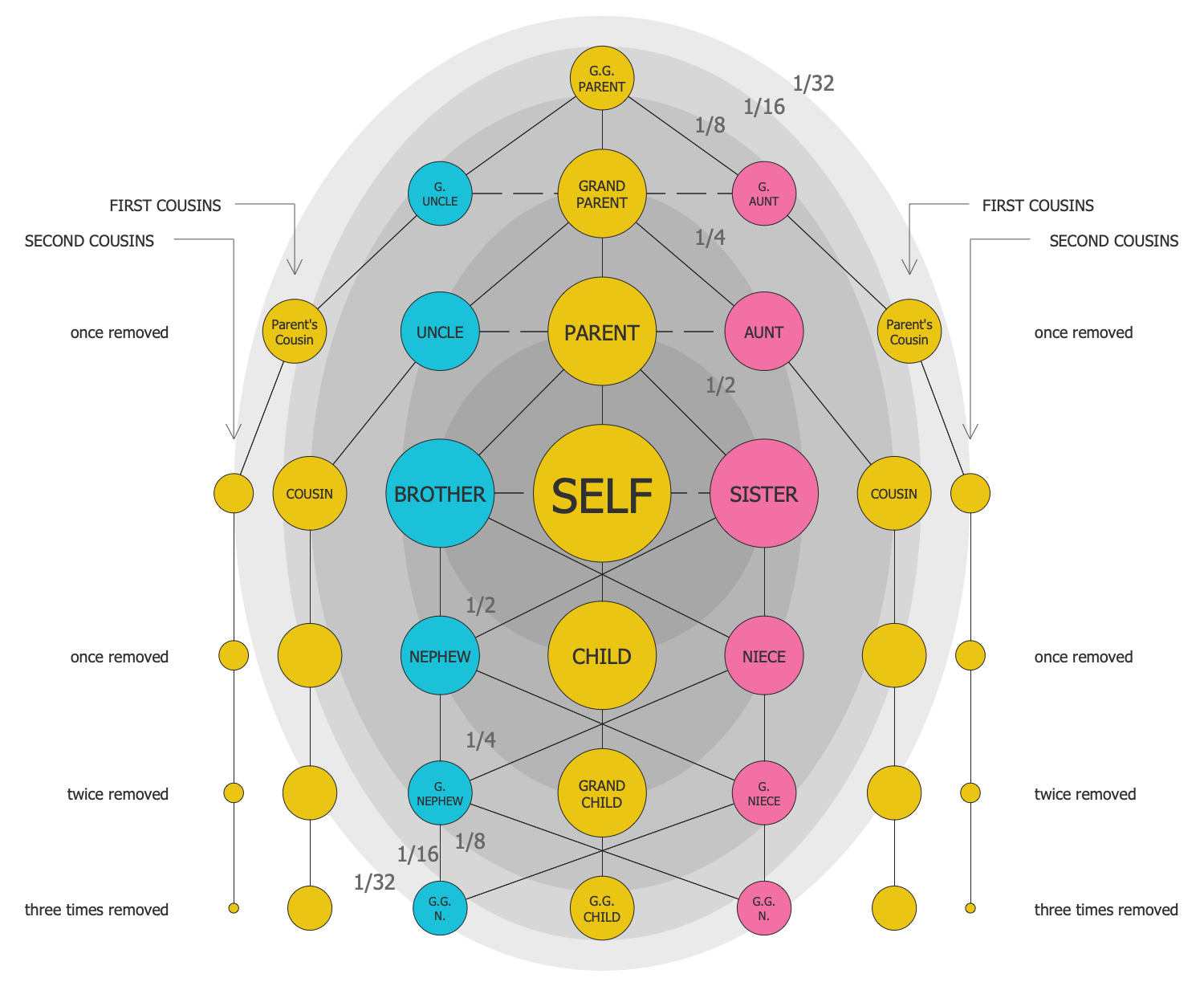Family History
Family history includes all that refers to a particular family, researching and learning its direct and indirect ancestors, relationships among individuals in the pedigree, and events related to them that have been occurring for centuries in the past. It also refers to medical information about disorders of direct blood relatives. The medical history is a specific subset of the total family history, but at the same time, it is an important issue to identify an inherited predisposition and prevent the development of certain illnesses, make correct clinical decisions, and prescribe efficient treatment. These include cardiovascular diseases, varicose veins, high blood pressure, stroke, autoimmune disorders, diabetes, mental disorders, certain cancers, and other problems that your ancestors had. Age also has value in tracking and managing the risk of development certain diseases, disorders, or conditions.
Some medical conditions are carried only by the male line, others by the female line, and are related to Y-linked or X-linked conditions respectively. Certain disorders can appear in each generation, another only as a recessive inheritance. Sometimes, the mutations in a single gene cause disorders. Certainly, individual factors, lifestyle, nutrition, environmental conditions, and other factors have great value and can prevail under genetic factors, but it is important to know about the risks if they exist. In a case of disease, the more information the medics have, the more precise their prescription about possible disease severity and risks is. Moreover, the risk of specific health disorders for a particular person and the fact that his ancestors had it, doesn’t mean in no case that he will develop that condition. Exactly the same, as a person may be affected by another disorder that his relatives never didn't have before.
In any case, knowing family health history allows reducing risks through regular checkups, more frequent or specific screening or testing, health nutrition, getting regular exercise, giving up bad habits, and keeping more attentive and careful to himself. At the same time, tracing family history may be difficult and may include imprecises. The most common reasons are related to lack of contact between close relatives, document loss through fires, relocations, and negligence, change in the woman's family name, and others.
Before drawing a family tree, collect the information about your family and your history. First, visit your relatives, talk with them, and collect family stories and documents. All documents are important: birth and death certificates, marriage licenses, photographs, diaries, letters, newspaper clippings, military and other certificates, magazines, baby books, and other papers that contain historical data useful for your tree. You can also find records in public sources and archival repositories, National Archives and Records Administration, State Archives, Federal Records, churches, libraries, family history centers, historical and genealogical societies, etc. The census started only in the 19th century; therefore, church records, military records, deed records, probate records, court records, tax records, voting records, land records, and much more are helpful in many cases. You can often discover that others (your direct relatives or some other people, historians, writers, etc.) before you have collected some data and information you are interested in and it is useful for you. Pull key information: names, dates, places, and relationships, and preserve it for future generations in the visual form of the tree.

Example 1. Family History Design in ConceptDraw Diagram
Family trees and genograms help to organize the resulting information. A complete record of family history includes information at least about three generations of relatives: grandparents, parents, brothers and sisters, aunts and uncles, cousins, nieces and nephews, and children. Creating your family tree, start with yourself and known relatives, and proceed toward the unknown. Outline the vital information about your parents, grandparents, great-grandparents, and other direct relatives.
Example 2. Family Tree Diagram Template
Save your time using the intuitive design tools offered by Family Tree solution for ConceptDraw DIAGRAM software, instead of drawing your family tree by hand. It is convenient for both designers and beginners due to its simplicity of use, large collection of included vector design elements, samples, and templates. You are free to choose: start from scratch or select a blank template from the Family Tree solution and customize it with shapes from the solution libraries. Add as many boxes as you need to show all the family members you want to include. You can create your diagram vertically from the top or bottom, or horizontally starting from left or right according to your desire.
Make your family tree precise, simple, and easy to understand. Most family trees usually outline from three to four generations. Add clear labels for each box indicating names and corresponding dates, indicate coefficient of relatedness, and any other important parameters. You can visually group generations using the color-coordinate shapes and lines, show direct and indirect family relationships, differentiate deceased from living relatives, etc.
Example 3. Family Tree — Coefficient of Relatedness
The Family Trees samples you see on this page were created in ConceptDraw DIAGRAM software using the drawing tools of the Family Tree Solution. These examples successfully demonstrate solution's capabilities and the professional results you can achieve using it. An experienced user spent 10-15 minutes creating each of these samples.
Use the powerful tools of the Family Tree solution to design your own Family Trees and Genograms quick, easily, and effectively.
All source documents are vector graphic documents. They are available for reviewing, modifying, or converting to a variety of formats (PDF file, MS PowerPoint, MS Visio, and many other graphic formats) from the ConceptDraw STORE. The Family Tree Solution is available for ConceptDraw DIAGRAM users.

